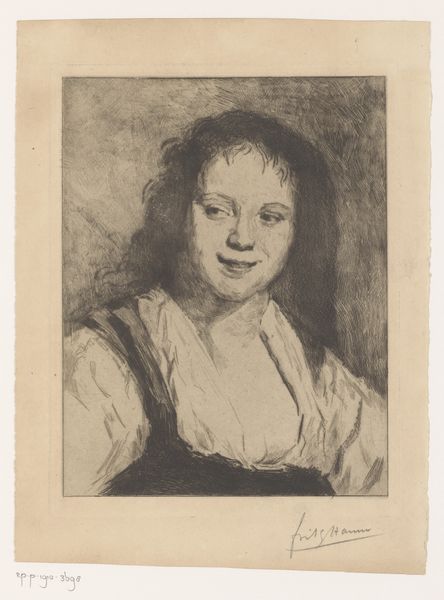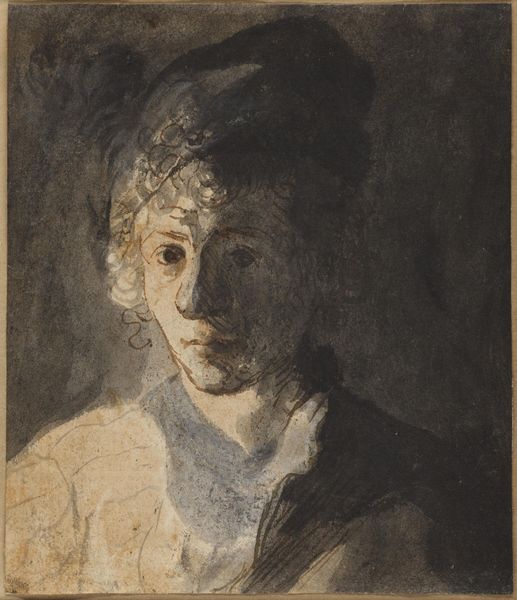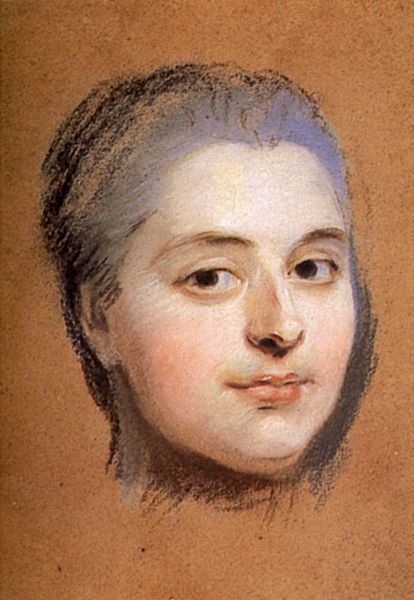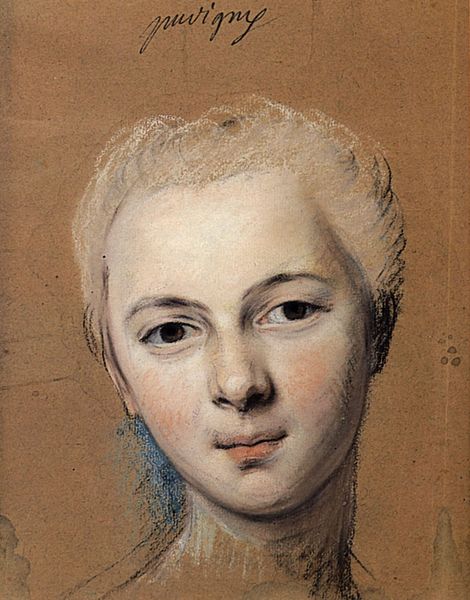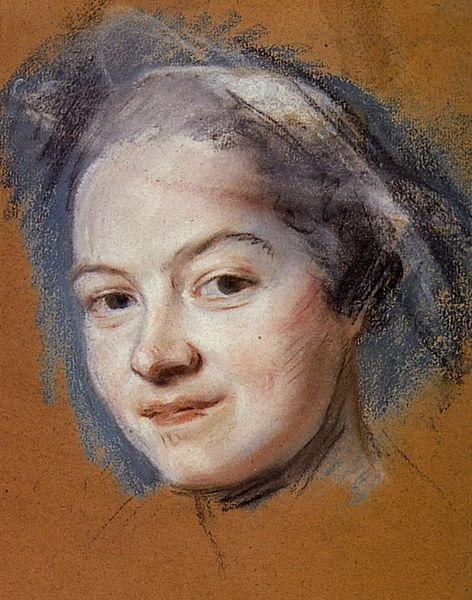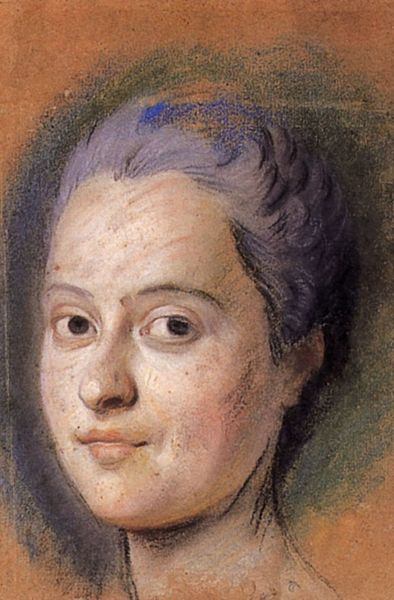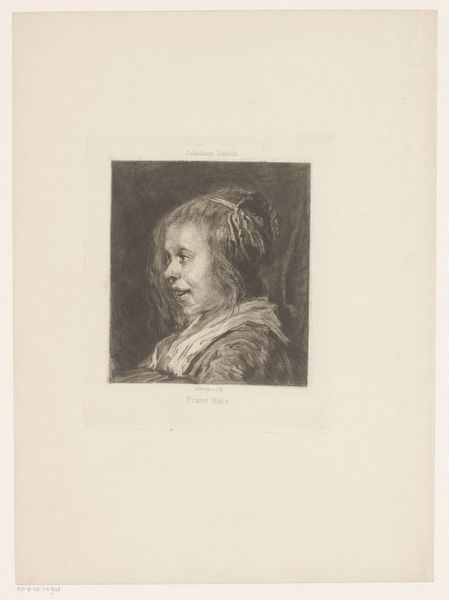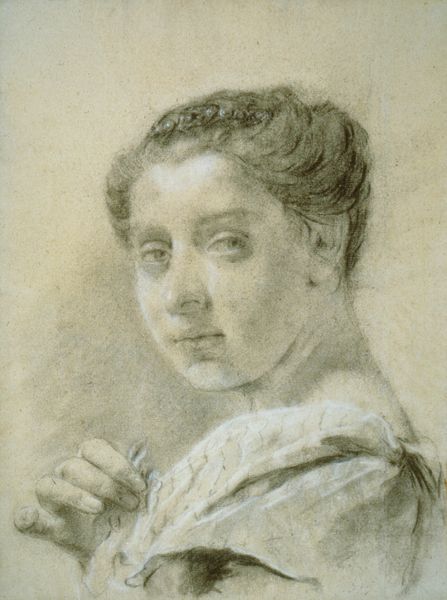
Dimensions: 204 mm (None) (None)
Editor: So here we have "Portrait of Léonie Patou" painted by Jean-Baptiste Carpeaux in 1854 using oil paint. There’s a sketch-like quality to it, and it almost looks unfinished in places. How do you interpret this work in its historical context? Curator: Considering its context, let's look at the public role of portraiture. In the 19th century, portraits were powerful statements about social standing. They were commissioned to project a specific image, solidifying status. But here, we see a certain... vulnerability. Is this unfinished nature perhaps a commentary on the constraints placed upon women of that era? Editor: That’s fascinating! I hadn’t thought of the "unfinished" aspect as intentional. It feels more personal now, less performative than other portraits from that period. Does the art institution, specifically the museum in this case, influence the viewer's perception, adding value, or altering the historical view? Curator: Absolutely. A museum frames a work like this, creating narratives, imbuing it with importance and providing historical perspectives. We have to ask: who gets remembered? Whose stories are told within these hallowed halls and why? This "unfinished" portrait, displayed here, gains significance as an image that might otherwise remain unseen, giving voice to a life potentially marginalized by history. Editor: That makes me reconsider its value! Now it feels like a subversive piece that defies the conventions of portraiture from that time. Curator: Precisely. Museums help preserve pieces like this to continue these dialogues, forcing us to confront our understanding of social conventions of the time. What did this change about your perception? Editor: I see now the image speaks not just to representation but the socio-political forces at play when it was created, it is no longer a portrait, but a mirror reflecting how the very structure of Art impacts imagery. Thank you for that historical contextualization. Curator: My pleasure, seeing historical impact reshape how we view even a portrait highlights just how alive Art is.
Comments
No comments
Be the first to comment and join the conversation on the ultimate creative platform.

